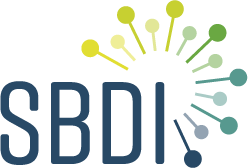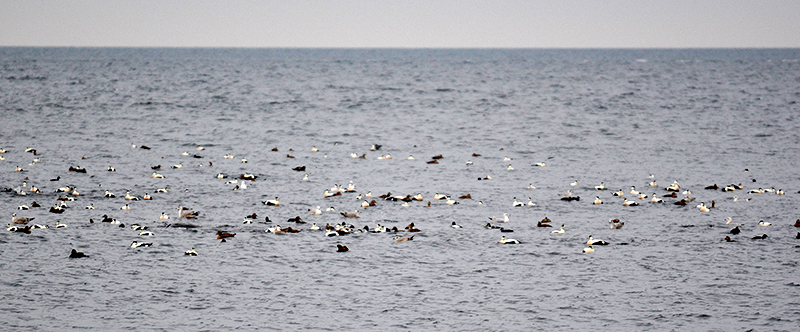Two new datasets from the Swedish Bird Survey have been published, covering long-term data on waterbirds from January and September counts. With over 247,000 observations of nearly 22 million birds across 73 species over 58 years , these datasets provide a crucial resource for understanding changes in Sweden’s waterbird populations in the non-breeding season.
The Swedish Bird Survey is a national monitoring scheme commissioned by the Swedish Environmental Protection Agency. Thanks to hard work and good cooperation, it has resulted in the release of two additional datasets: the Swedish Waterbird Census (January) and the Swedish Waterbird Census (September). These datasets are now available via SBDI/GBIF.
One key goal of the Swedish Biodiversity Data Infrastructure (SBDI) is to make datasets on Swedish biodiversity widely available. A particularly valuable type of data comes from long-term systematic monitoring schemes. These datasets, based on strict sampling protocols, are especially useful for studying long-term changes in biodiversity.
The January census contributes to the International Waterbird Census, coordinated by Wetlands International since 1967. The September census, launched in 1973, is a national initiative that employs the same study sites and methods as the international census.
Together, these datasets include over 247,000 observations of nearly 22 million individual birds representing 73 species. Data were collected at 3,855 sites, most of which are along the Swedish coast and distributed across the country.
Last but not least, we must thank the thousands of bird counters for their efforts over almost six decades!
Find the data here:
January: https://www.gbif.org/dataset/5c80f69a-46be-4269-8606-19ffc8b971e1
September: https://www.gbif.org/dataset/ecebee66-f913-4105-acb6-738430d0edc9
Read more about the Swedish Bird Survey:
https://portal.research.lu.se/en/equipments/swedish-bird-survey

